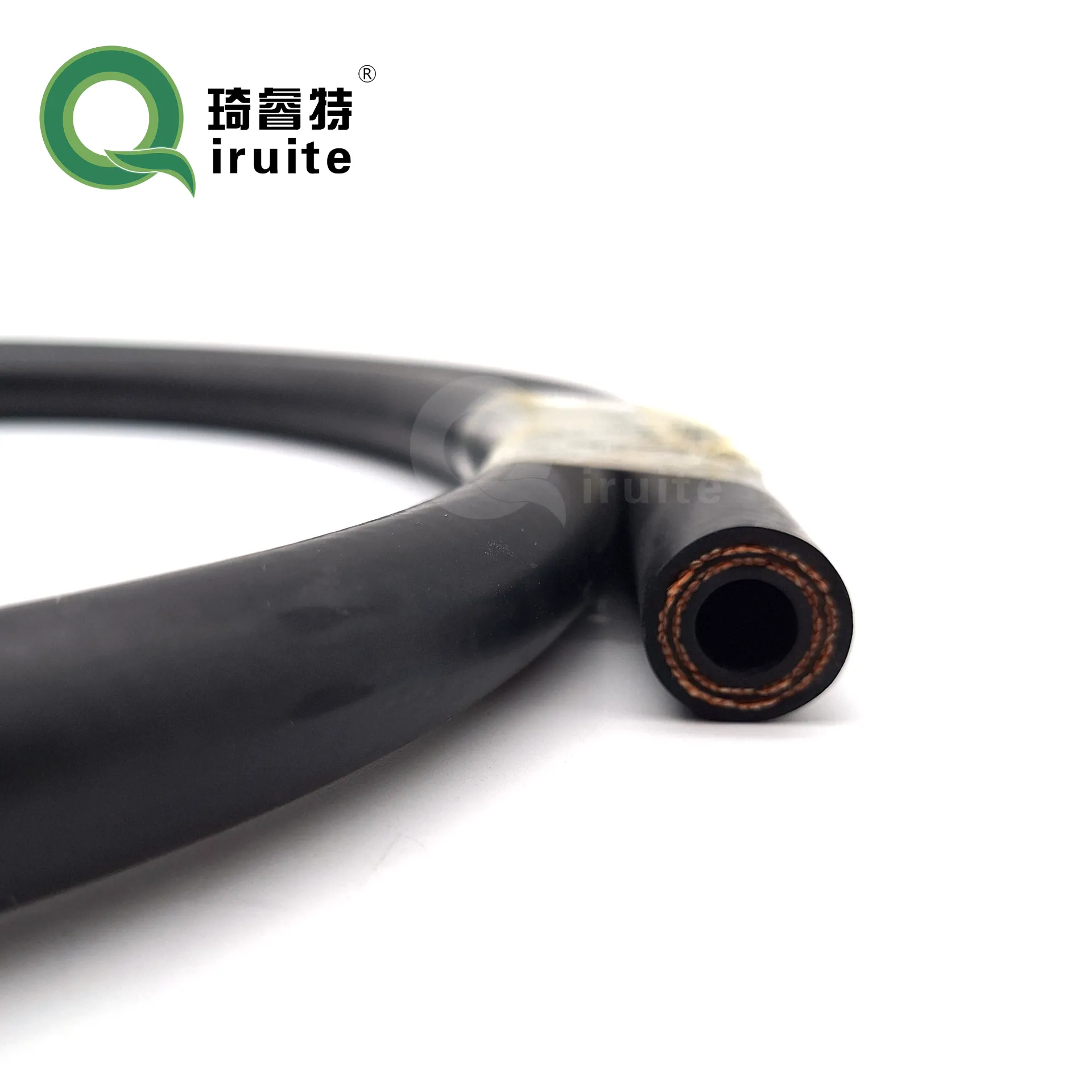How to Replace Power Steering Hose in Chevy Trucks Efficiently
Changing the Power Steering Hose on a Chevy Truck A Step-by-Step Guide
Maintaining your Chevy truck is essential for ensuring its longevity and optimal performance. Among the various components that require attention, the power steering system deserves special mention. A critical part of this system is the power steering hose, which can wear out over time due to heat, pressure, and fluid exposure. In this guide, we’ll walk you through the process of changing the power steering hose on your Chevy truck.
Understanding the Power Steering Hose
Before diving into the replacement process, it’s crucial to understand the role of the power steering hose. The hose connects the power steering pump to the steering gear, facilitating the transfer of power steering fluid. When this hose becomes damaged, it may lead to leaks, resulting in decreased steering performance and potential damage to the steering system.
Signs of a Failing Power Steering Hose
Common symptoms of a failing power steering hose include
1. Visible Leaks Look for fluid pooling beneath the vehicle. Power steering fluid is typically a reddish or amber color. 2. Whining Noises If you hear whining or groaning noises while turning the steering wheel, it’s a sign of low fluid levels or a damaged hose. 3. Stiff Steering Difficulty in steering, especially at low speeds, may indicate a problem with the power steering system.
If you notice any of these signs, it’s essential to address the issue promptly to avoid more extensive damage.
Tools and Materials Needed
Before starting the replacement process, gather the necessary tools and materials
- New power steering hose (specific to your Chevy truck model) - Wrench set - Socket set - Screwdrivers - Pliers - Drain pan - Power steering fluid - Safety goggles and gloves
change power steering hose chevy truck

Step-by-Step Procedure
1. Prepare the Vehicle - Park the truck on a level surface and engage the parking brake. Allow the engine to cool down if it has been running. This will help prevent burns or injury during the process.
2. Locate the Power Steering Hose - Open the hood and locate the power steering pump and the hose connecting it to the steering gear. This will vary depending on the model year of your Chevy truck.
3. Drain the Power Steering Fluid - Place a drain pan under the power steering pump to catch any fluid that may spill during the process. Use a wrench to loosen the clamp that secures the hose to the pump, and carefully disconnect the hose. Allow the fluid to drain fully.
4. Remove the Old Hose - Follow the hose to its connection point at the steering gear. Here, use the appropriate size socket or wrench to loosen and remove the bolts or clamps securing the hose. Carefully detach the hose from the steering gear and set it aside for disposal.
5. Install the New Hose - Take the new power steering hose and connect it to the steering gear first. Make sure it fits securely and is positioned correctly to avoid kinks. Tighten the bolts or clamps as needed. Next, connect the other end of the hose to the power steering pump, ensuring a tight fit.
6. Refill the Power Steering Fluid - With the hose securely installed, refill the power steering fluid reservoir with the appropriate fluid specified for your truck model. It’s important to use the correct type of fluid to maintain system efficiency.
7. Bleed the Power Steering System - Start the engine and turn the steering wheel from lock to lock several times. This will help to remove any air trapped in the system. Keep an eye on the fluid level and add more if necessary.
8. Check for Leaks - After bleeding the system, inspect the new hose and connections for any signs of leaking fluid. If you notice any leaks, recheck the connections and tighten them as needed.
Conclusion
Replacing the power steering hose on your Chevy truck might seem daunting, but with the right tools and a bit of patience, it’s a manageable task. Regular maintenance of the power steering system is vital for safe and efficient driving. By following this guide, you can ensure your truck remains in top condition, avoiding potentially costly repairs in the future. Always consult your owner's manual for specific guidelines related to your particular model, and when in doubt, don’t hesitate to seek professional assistance. Happy driving!
-
Ultimate Spiral Protection for Hoses & CablesNewsJun.26,2025
-
The Ultimate Quick-Connect Solutions for Every NeedNewsJun.26,2025
-
SAE J1401 Brake Hose: Reliable Choice for Safe BrakingNewsJun.26,2025
-
Reliable J2064 A/C Hoses for Real-World Cooling NeedsNewsJun.26,2025
-
Heavy-Duty Sewer Jetting Hoses Built to LastNewsJun.26,2025
-
Fix Power Steering Tube Leaks Fast – Durable & Affordable SolutionNewsJun.26,2025

